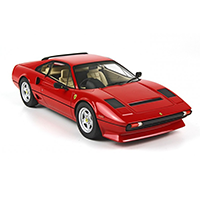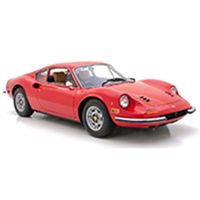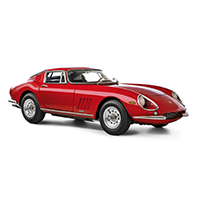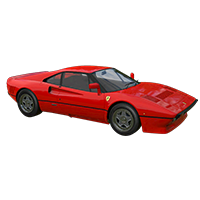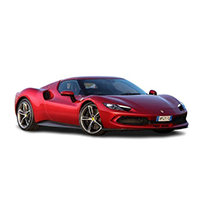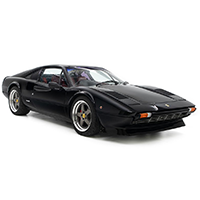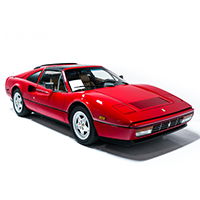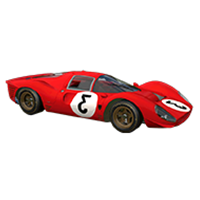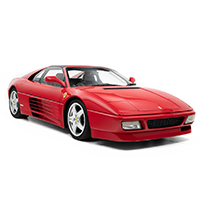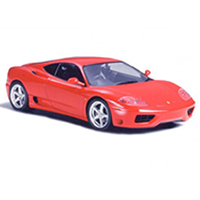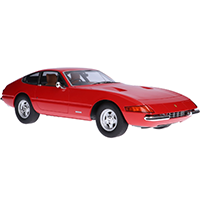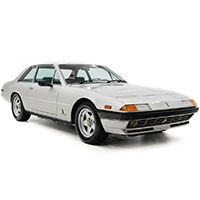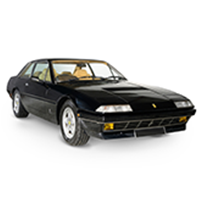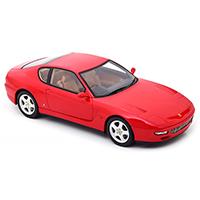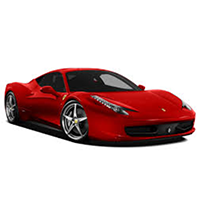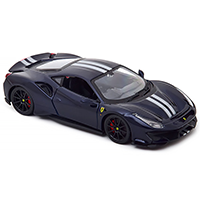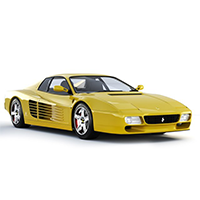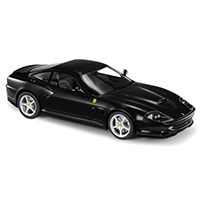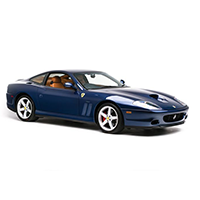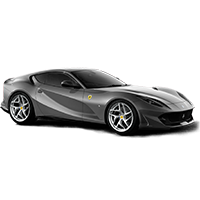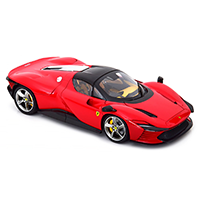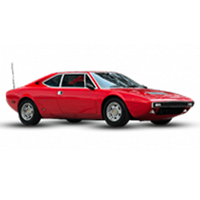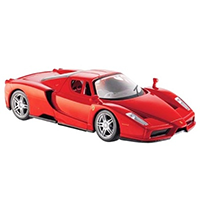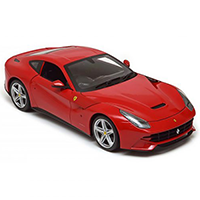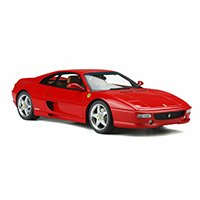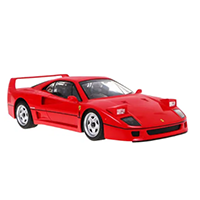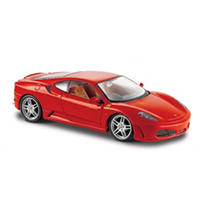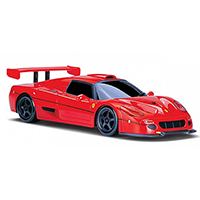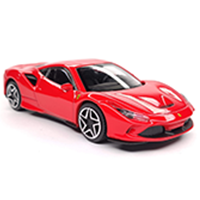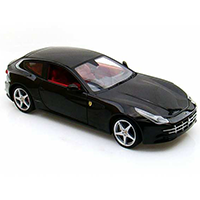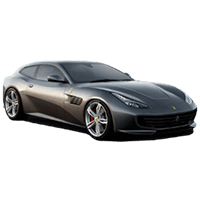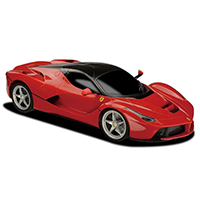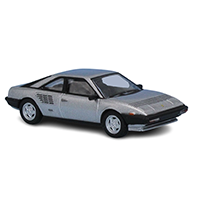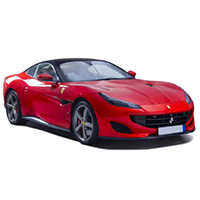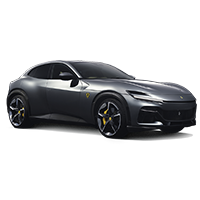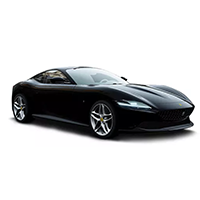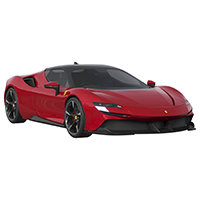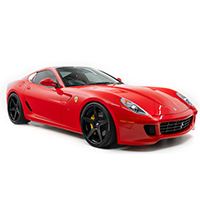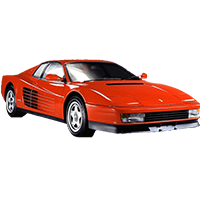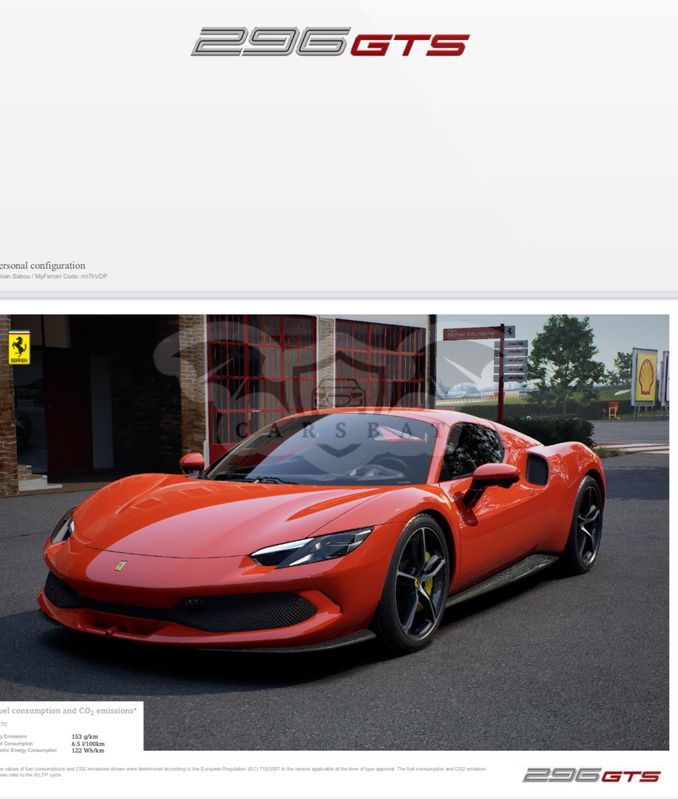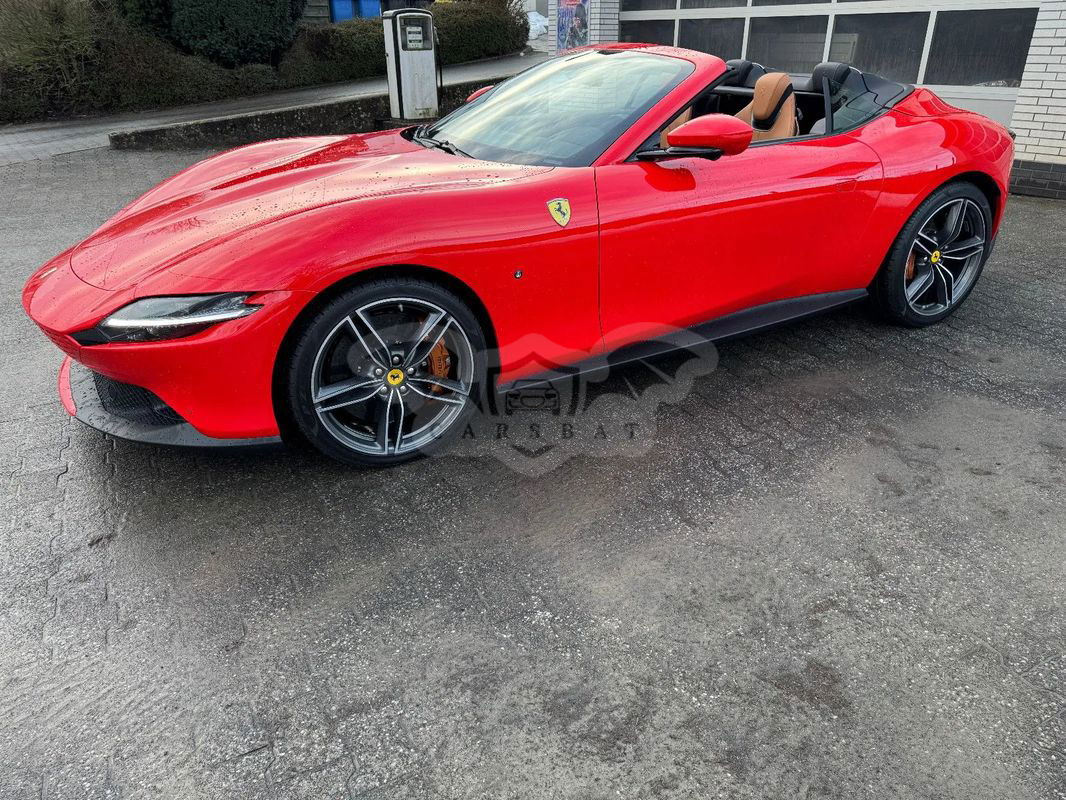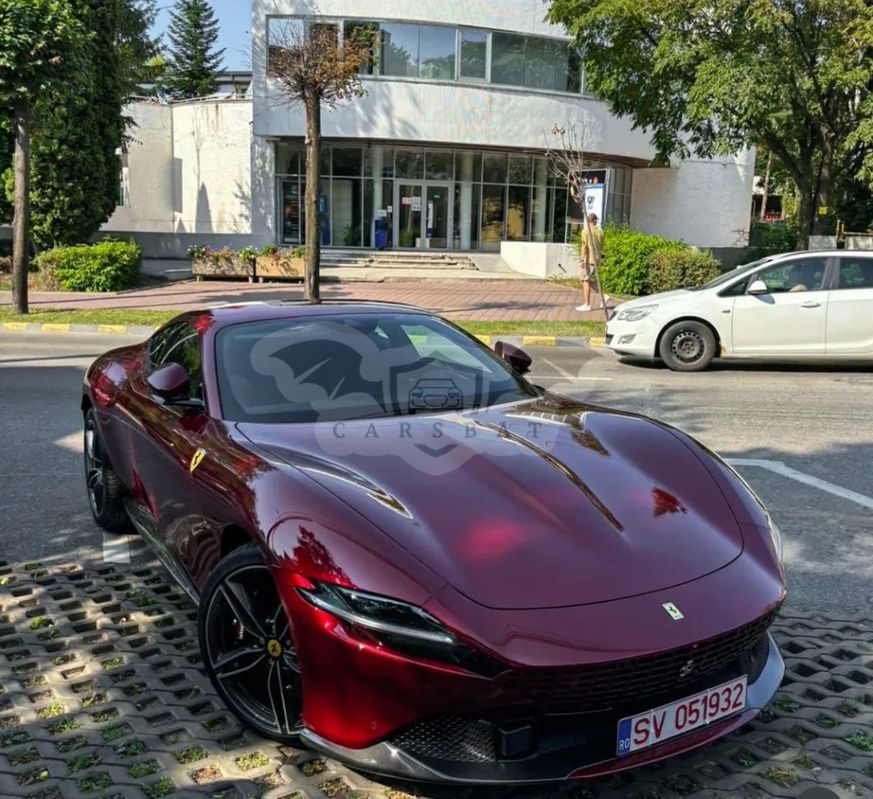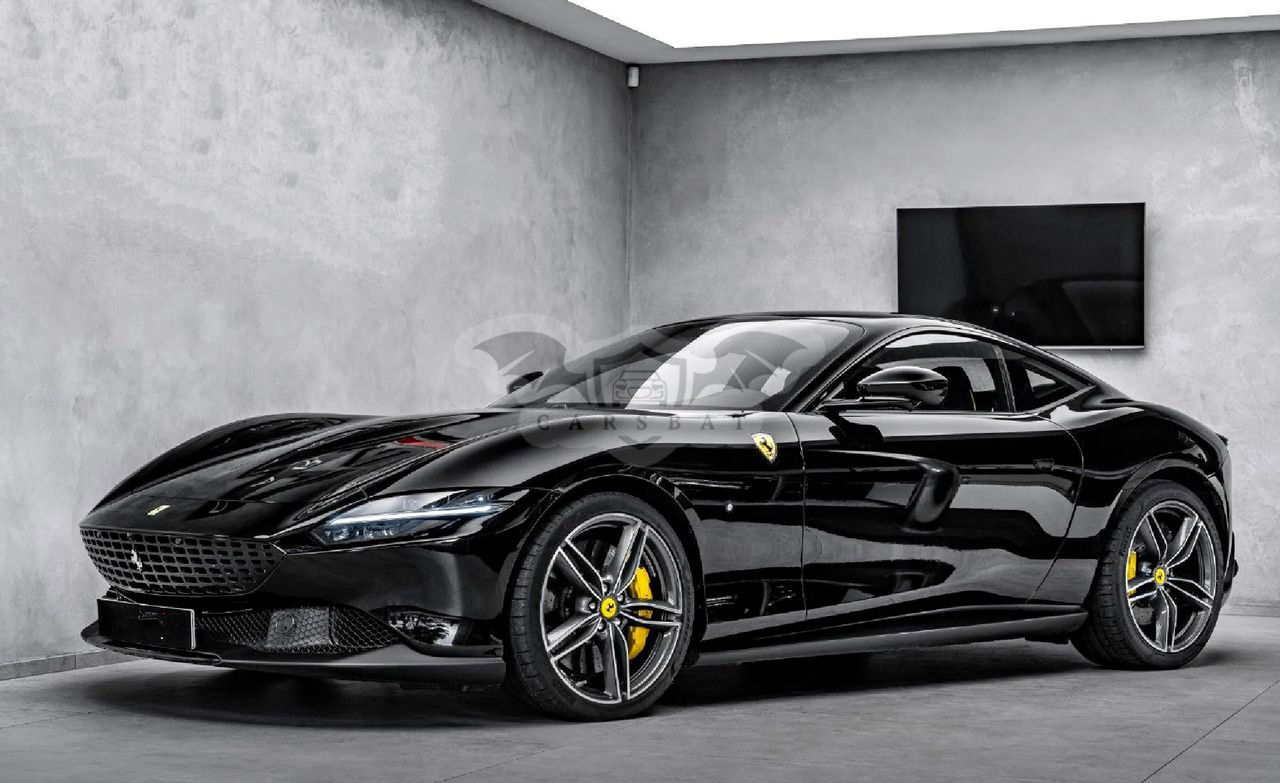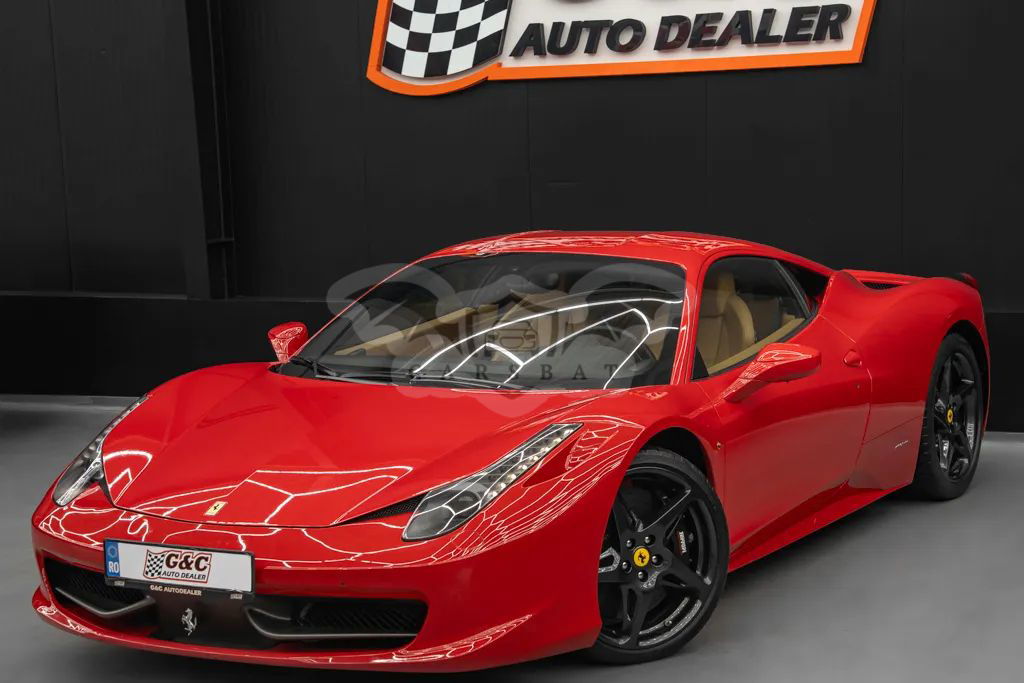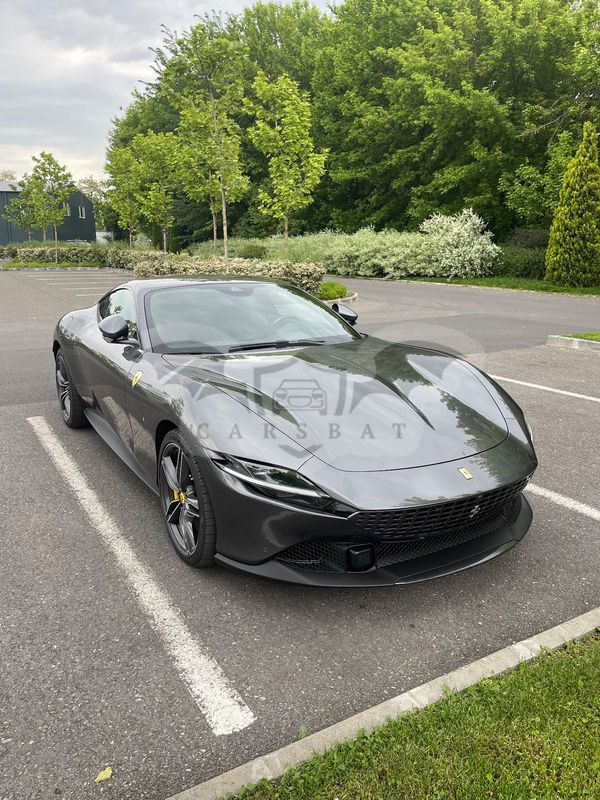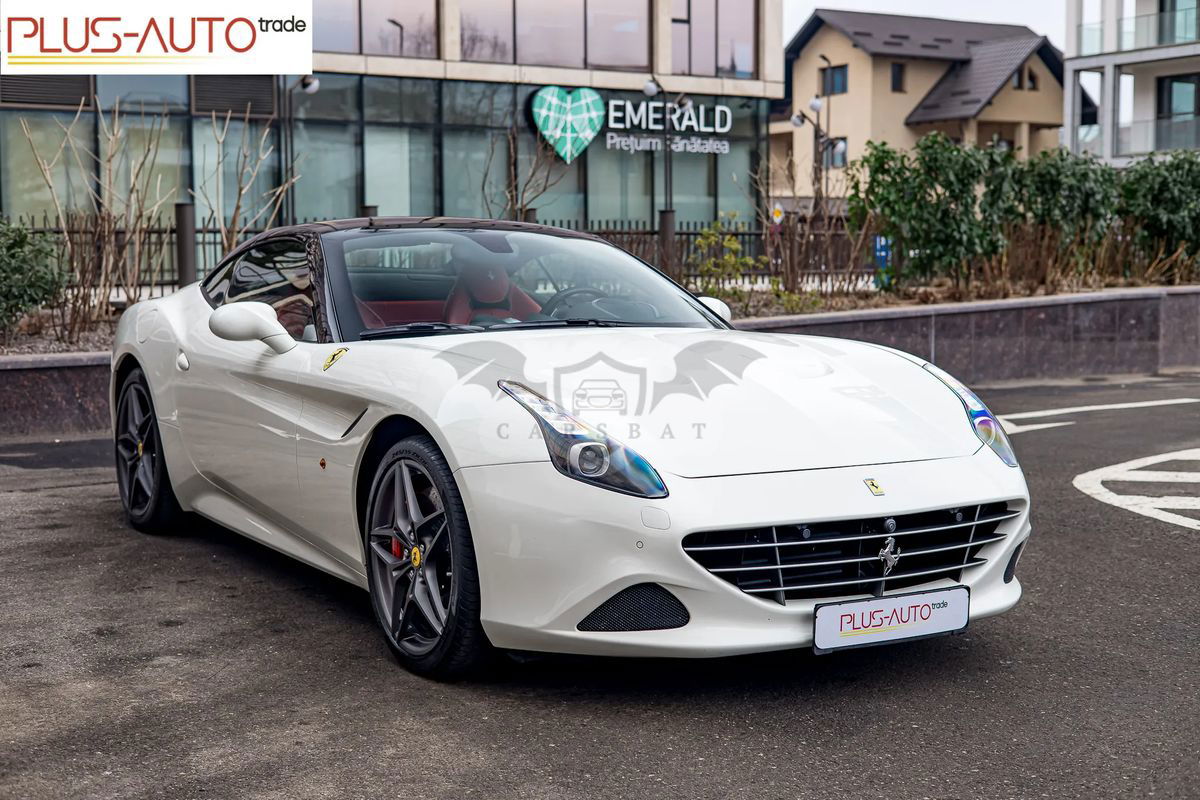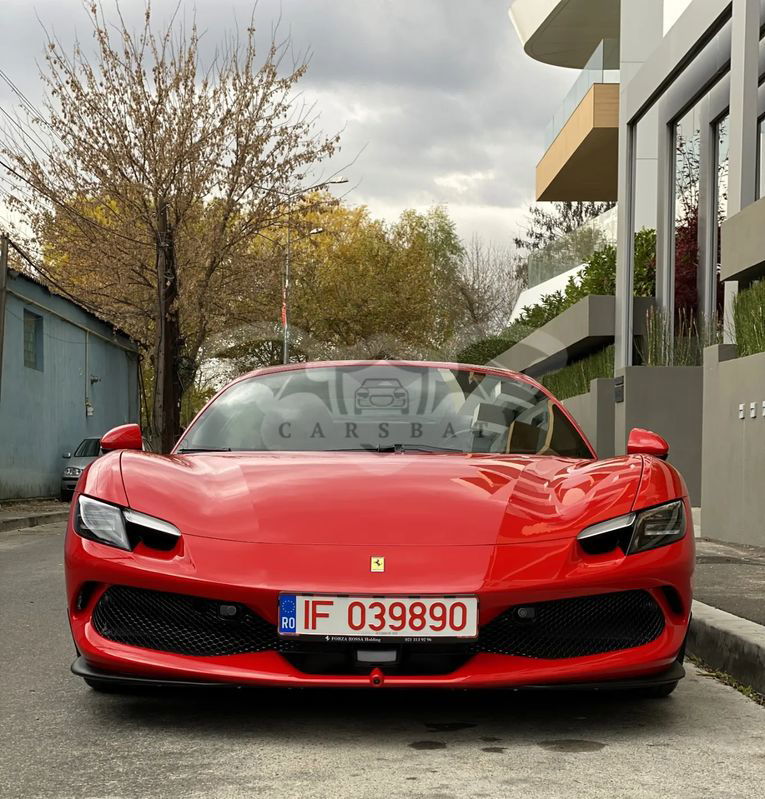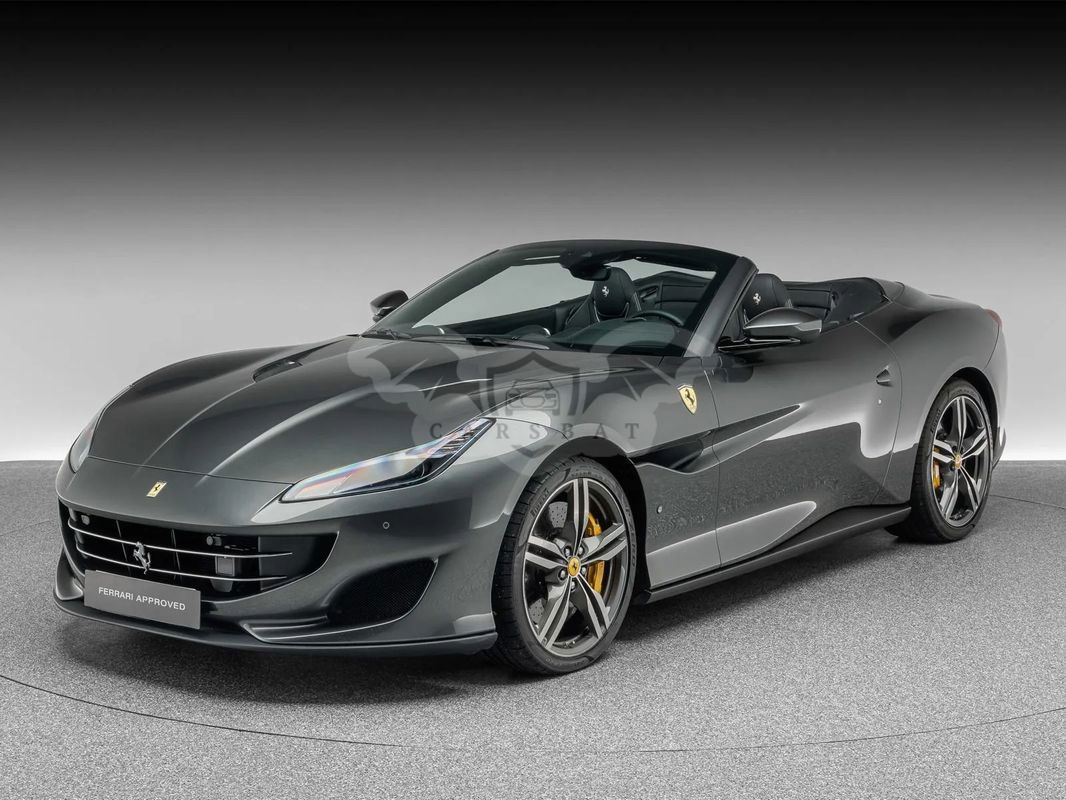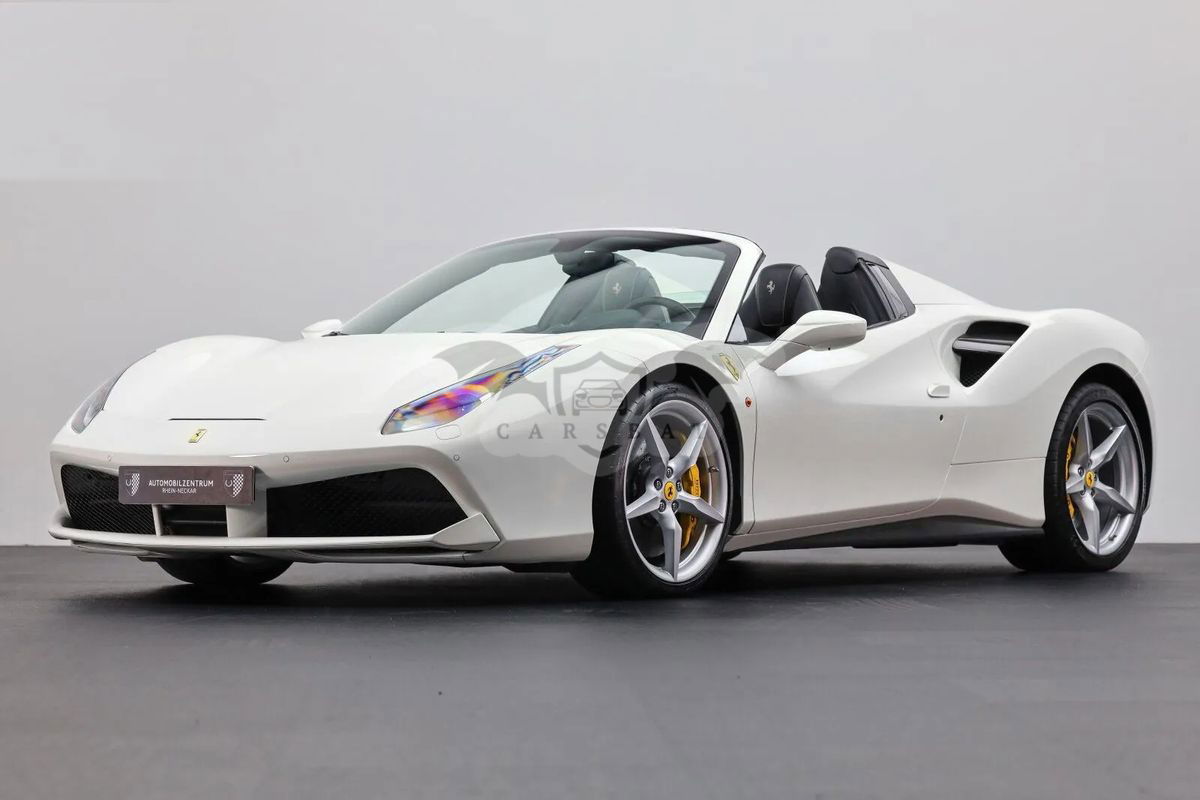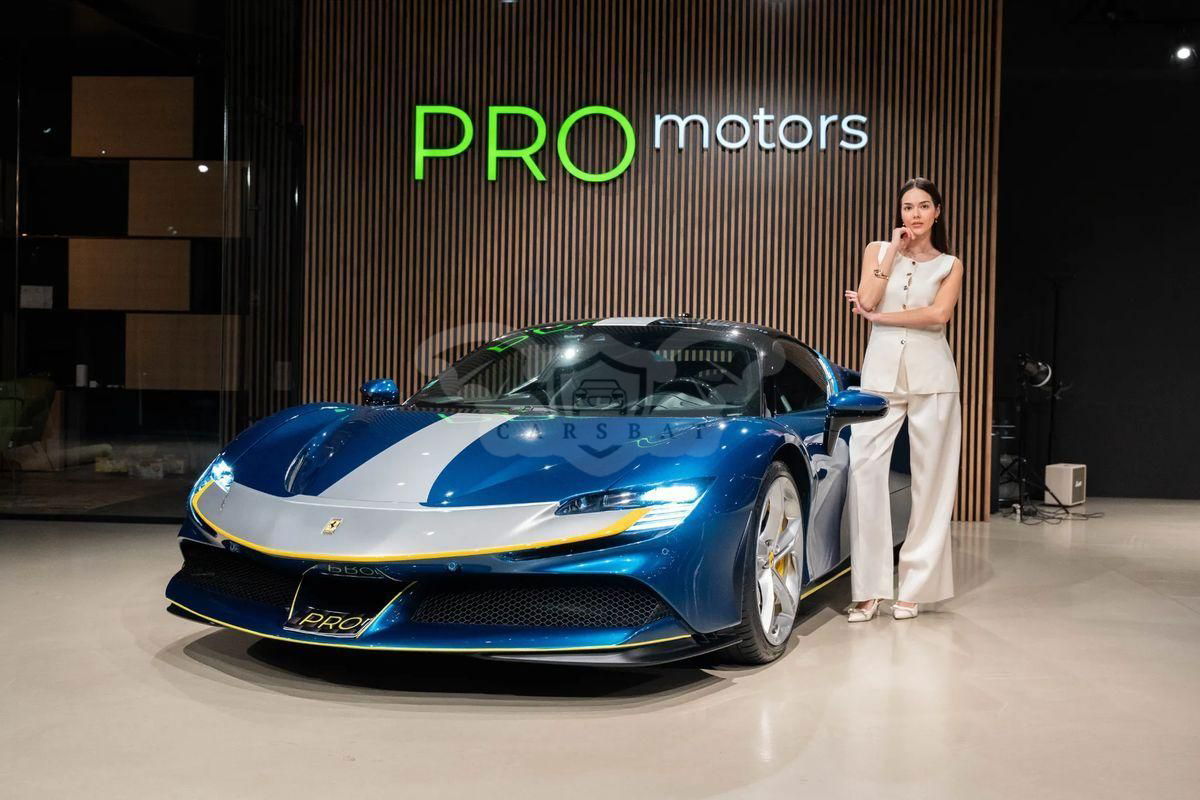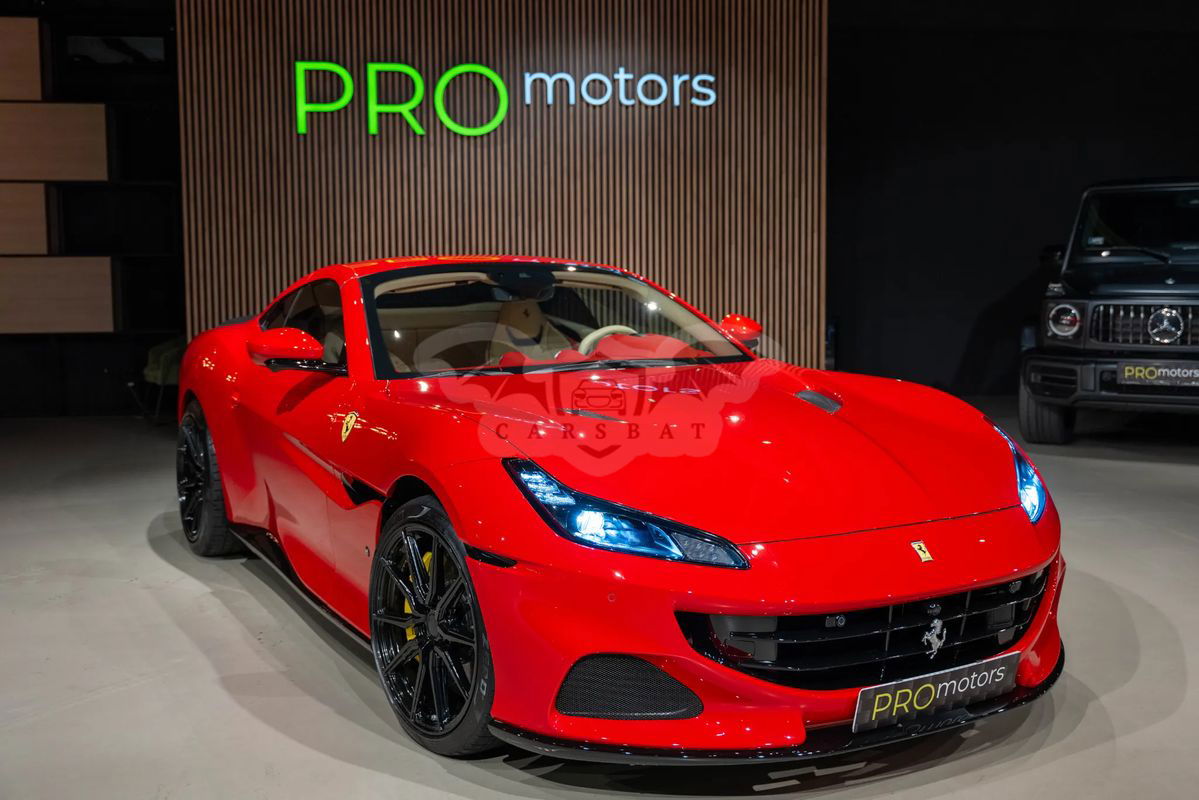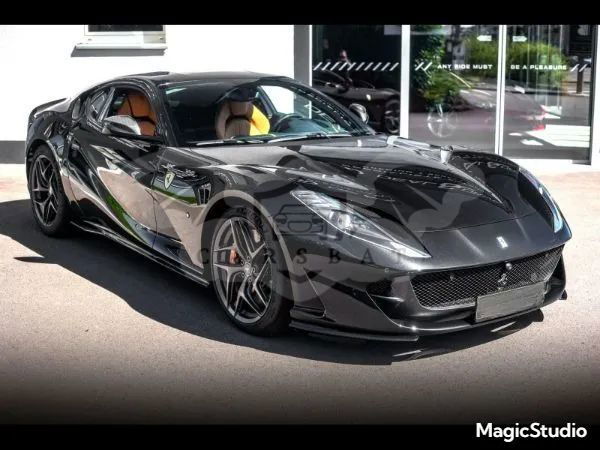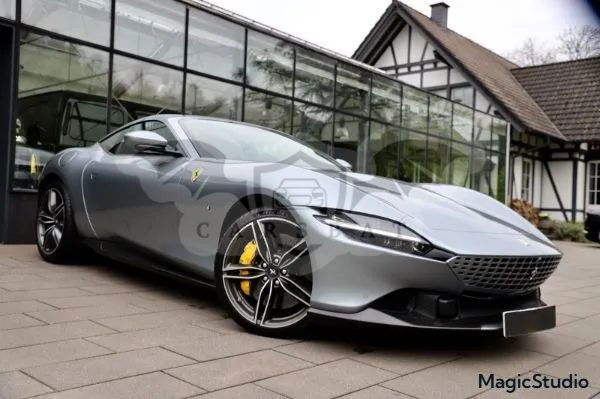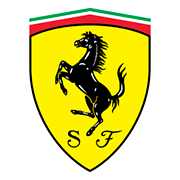
Catalog / Ferrari
Ferrari: Italian Excellence in High-Performance Luxury Sports Cars
Ferrari, a name synonymous with speed, luxury, and Italian craftsmanship, has a storied history that began in 1939 when Enzo Ferrari founded Auto Avio Costruzioni in Modena, Italy. However, it wasn't until 1947 that the first car bearing the Ferrari name, the 125 S, left the factory in Maranello, marking the official birth of one of the most prestigious automotive brands in the world.
Enzo Ferrari's passion for racing was the driving force behind the company's inception. Initially, Ferrari built race cars, with road cars being produced primarily to fund the racing division. This racing heritage has been a cornerstone of Ferrari's identity throughout its history, with the company achieving numerous victories in Formula One, endurance racing, and other motorsport categories.
One of the most significant moments in Ferrari's history came in 1969 when Fiat acquired a 50% stake in the company, providing the resources needed for expansion while allowing Enzo Ferrari to maintain control over the racing division. This partnership played a crucial role in Ferrari's growth and continued success.
Interesting fact: The iconic Ferrari logo, featuring a prancing horse on a yellow background, has an intriguing origin. Enzo Ferrari adopted the symbol after meeting the parents of Francesco Baracca, a World War I flying ace who had the prancing horse painted on his plane. They suggested that the symbol might bring good luck to Ferrari's racing endeavors.
Throughout its history, Ferrari has produced numerous legendary models that have become automotive icons. The 250 GTO, produced from 1962 to 1964, is considered one of the most valuable cars in the world, with examples fetching over $70 million at auction. The F40, introduced in 1987 as the last car personally approved by Enzo Ferrari, became an instant classic and remains highly coveted by collectors.
In the modern era, Ferrari has continued to push the boundaries of automotive engineering and design. The introduction of the Enzo in 2002, named after the company's founder, showcased Ferrari's ability to transfer Formula One technology to road cars. More recently, models like the LaFerrari hybrid supercar and the SF90 Stradale plug-in hybrid have demonstrated Ferrari's commitment to embracing new technologies while maintaining its performance heritage.
Ferrari's exclusivity strategy has been a key factor in maintaining its prestigious status. The company deliberately limits production to ensure demand always exceeds supply, preserving the exclusivity and high value of its vehicles. This approach extends to Ferrari's customization program, which allows buyers to personalize their cars to an extraordinary degree, further enhancing the brand's appeal to high-net-worth individuals.
In 2015, Ferrari underwent a significant change when it was spun off from Fiat Chrysler Automobiles and became a separately traded company. This move allowed Ferrari to operate more independently while maintaining its focus on producing high-performance luxury vehicles.
As of 2024, Ferrari continues to evolve, balancing its rich heritage with the need to adapt to changing market demands and technological advancements. The company has announced plans to introduce its first all-electric vehicle by 2025, signaling a new chapter in Ferrari's storied history. Despite these changes, Ferrari remains committed to its core values of performance, luxury, and exclusivity, ensuring that the prancing horse continues to be a symbol of automotive excellence for generations to come.

